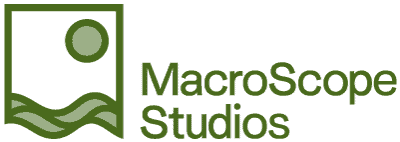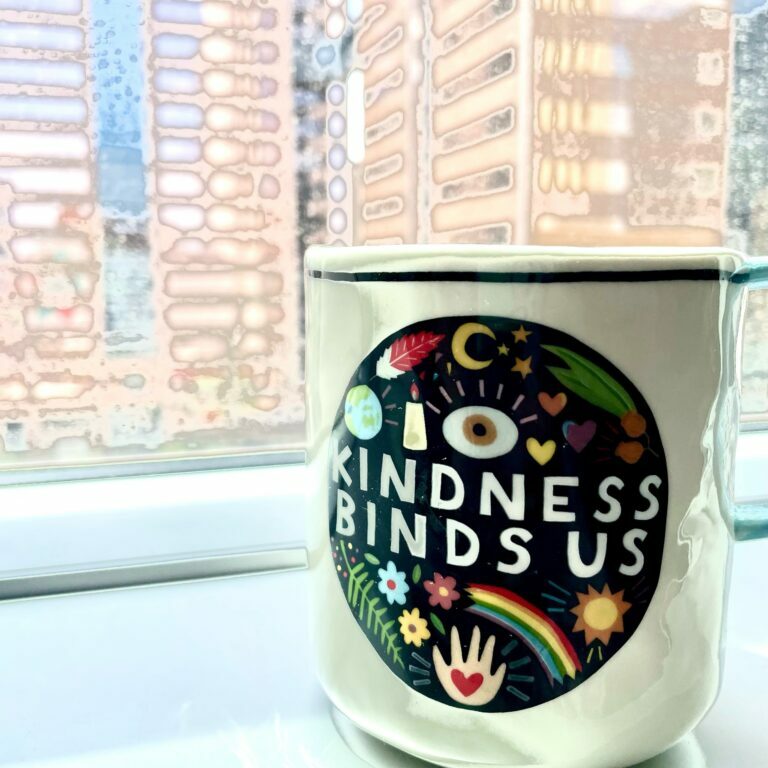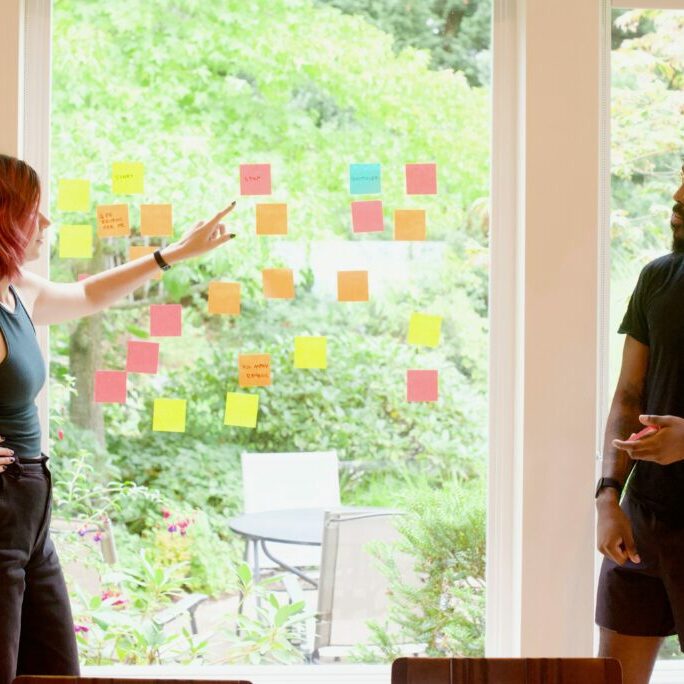
My first corporate job was for a non-profit health plan. I was a Financial Analyst for a state health plan for medically needy, medically indigent people. Noble cause. Using my Business Economics degree from ASU. I was stoked.
This wasn’t my first job, I’d worked my way through college doing lots of things…working in restaurants, singing opera at fundraisers and events, working as a web developer. However, this was my first real office job. First woman boss! First exposure to building relational databases. First exposure to financial fundamentals and business fundamentals right out of the gate. With a heavy IT innovation push.
This was early 2001. There was no capital P product except for consumer products that you sold at a bricks and mortar, online if you were daring. Digital products were websites or software sold on a CD. Data were dirty, a lot of times this was data being manually entered into a system transcribed from paper, so reconciliation was manual, tedious, and we struggled to find a repeatable transformation process. Let me paint the picture (warning, really boring old-fashioned jargon ahead, TLDR: It was really labor intensive.)
Some of the first data products we used in business cases were hard coded in excel then reverse engineered into Access Databases. These then became prototypes for SQL data marts managed through ODBC link back in Access, so we could create “consumer data” for dashboards, reports, and financial models. No laptops. Quarterly financials meant a week of 12-hour days. Annual Reports meant a week of 12-hour days plus the two book-ending weekends in the office. This was battlefield data intimacy. Version control was a constant enemy combatant. Source of truth? You better hope you find that detail-level retrospective claims record and that the DBA didn’t purge it in a fit of server performance sweeping, otherwise it’s back to the provider you go to verify a CPT code.
Our team was a quirky bunch of financial analysts. We were different from accounting, and fancied ourselves as insight providers…not just report writers. I learned from my boss right away that to be able to provide insight, one had to be able to tell a story. And to tell stories, you had to have something to say.
My boss, G, was (and still is) awe-inspiring to me. She has a soft-spoken voice and her office always smelled of fruit tea. We spent a lot of time in that office talking about work stuff, for sure, but what I remember more were our talks about a website called Television Without Pity (TWoP, for short). This was early days of the internet, and message boards were everywhere. TWoP had a message board to discuss TV shows, but they also had writers posting recap blogs. These writers were hilarious, insightful, and some having developed their own personal brands on TWoP, got script writing jobs for the show they were writing about!
TWoP was a secret pleasure of mine. TV watching was different back then, more social. Episodes were released weekly, prestige TV was a new thing, and newer networks were developing their own shows that were kinda good. TWoP published recaps sometimes as quickly as the day after the episode aired, and then published more insightful essays about the story continuity, character development, dialogue. G and I were talking about a show we were both watching and she said, “…I read this thing on a website called Television Without Pity…” and I lit up. We had this guilty pleasure of mine in common!
I’ve thought about that moment a lot during my leadership career. The moment that G shared something about her interests, she offered an opportunity to connect. When I took that connection, our working relationship suddenly felt richer. G was relatable. She shared her stories in a way that evoked wisdom and growth. She was always learning and sharing her excitement. We talked about books we were reading, creative writing we were doing, restaurants we were eating at, music we were listening to (there was a lot of music being played at 11pm).
The work our team was doing was tedious, but swapping stories and sharing things we loved rippled out and built a scaffolding of trust and acceptance when we started to find opportunities to build more automated solutions. Those automated solutions allowed us to see insights into the data that eventually played a role in a series of events that exploded both of our careers (hers quite a bit more than mine). G taught me that authenticity, acceptance, and sharing what you love creates really healthy team dynamics.
Over the years, I’ve seen how healthy teams create big value for companies. People connecting are people who are creating. And creating leads to value. Keeping relatable through reading, writing, cooking, music, gardening, falconry, whatever excites you or makes you curious is just so important to creating connections with people. But the secret I learned early from G was that sharing that curiosity and excitement is what fuels rich relationships.







